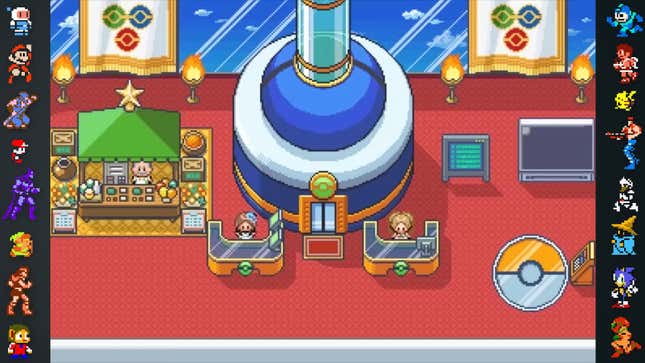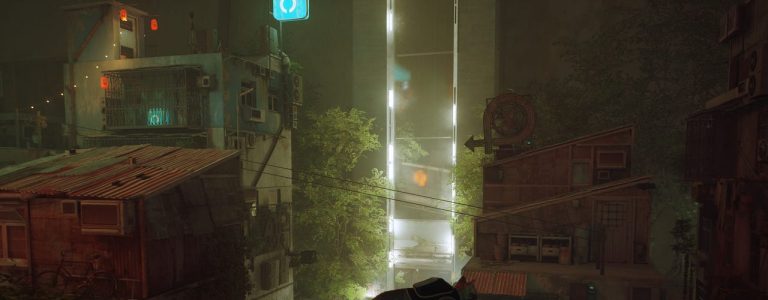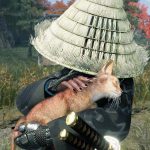My first foray into the world of Pokémon as a kid was the Generation 3 games, Pokémon Ruby and Sapphire. So it brought me great pleasure to hear of a new project led by a group of video game preservationists, working to restore a lost web-browser-based Pokémon game that was released during the transition from Gen 3 to Gen 4. This game is Pokémon Garden, a flash game with multiplayer connectivity, minigames, and a ton of behind-the-scenes tidbits like development art and interviews.
This nearly 15-year-old flash game was purportedly created as a web-based campaign to bring more attention to the Pokémon franchise, which at the time, was suffering from declining sales. (Hard to imagine, these days, when new releases are consistently some of the fastest-selling Nintendo games of all time.) Pokémon Garden even had a relatively healthy lifespan, remaining open for about two years before its permanent closure. It sounds impressive for a flash game intended for marketing, but the game actually had a decent amount of meat on its bones.
What is Pokémon Garden?
YouTuber DidYouKnowGaming released a pretty comprehensive video about the restoration project and the nitty gritty of Pokemon Garden, exploring most of the content found in the game. Pokémon Garden wasn’t a traditional Pokémon game by any means and didn’t feature any of the classic gameplay we’re used to. Instead, Pokémon Garden functions as more of a celebration of the franchise’s history, or at least that was the case back before Diamond and Pearl were released. The game’s main draw was a “Pokémon Special Tour,” which required you to schedule an actual tour time with waits of up to two hours. Up to eleven players would interact with each other in real-time and experience a time capsule of Pokémon’s history, with some minigames sprinkled in along the way.
After completing one tour (which you could experience as many times as you wanted), you were able to head to several different galleries themed to the different regions available at the time: Kanto, Johto, and Hoenn. You could also visit a virtual Game Freak office, which allowed you to “chat” with NPC versions of game developers and receive some insider information about Diamond and Pearl. (This then led to to some incorrect information, such as the Gen 4 starters being Fighting, Dark, and Psychic-type.)
That’s the main gist of Pokémon Garden. There were some minigame tournaments you could play to earn some in-game cash for emoticons and whatnot, and arcade cabinets filled with other minigames you could compete for high scores in. It was a chill web browser flash game released to Japan, nothing more, nothing less. But it’s notable because until now, the game had been lost to time.
Rebuilding a game from the ground-up

The team rebuilding Pokémon Garden has plenty of experience, recently localizing some other lost Pokémon games, a set of Pokemon Mystery Dungeon games released only on the Wii in Japan. However, rebuilding a flash game is a much different process, and something that according to the video, requires a large amount of community support.
To rebuild the game, the team needs to find players who have played Pokémon Garden before and are willing to volunteer their browser cache, stored data of websites that have previously been accessed. As eloquently stated by DYKG, the preservationists will “use [the browser caches] like puzzle pieces to put the game back together.” These players can use a program called Flashpoint which automatically checks your browser cache for Flash game data, which is used not just for the Pokémon Garden project, but other potential Flash game restorations as well (including other lost Pokémon projects, like Pokémon Dream World or Pokémon Mazeland.)
Unfortunately, I myself do not have an old computer that could run Pokémon Garden, but on the off-chance that you do, maybe you can cement yourself in an interesting part of Pokémon history. In the meantime, I’ll be clearing my calendar waiting for the day I can schedule a mystical Pokémon tour.
























